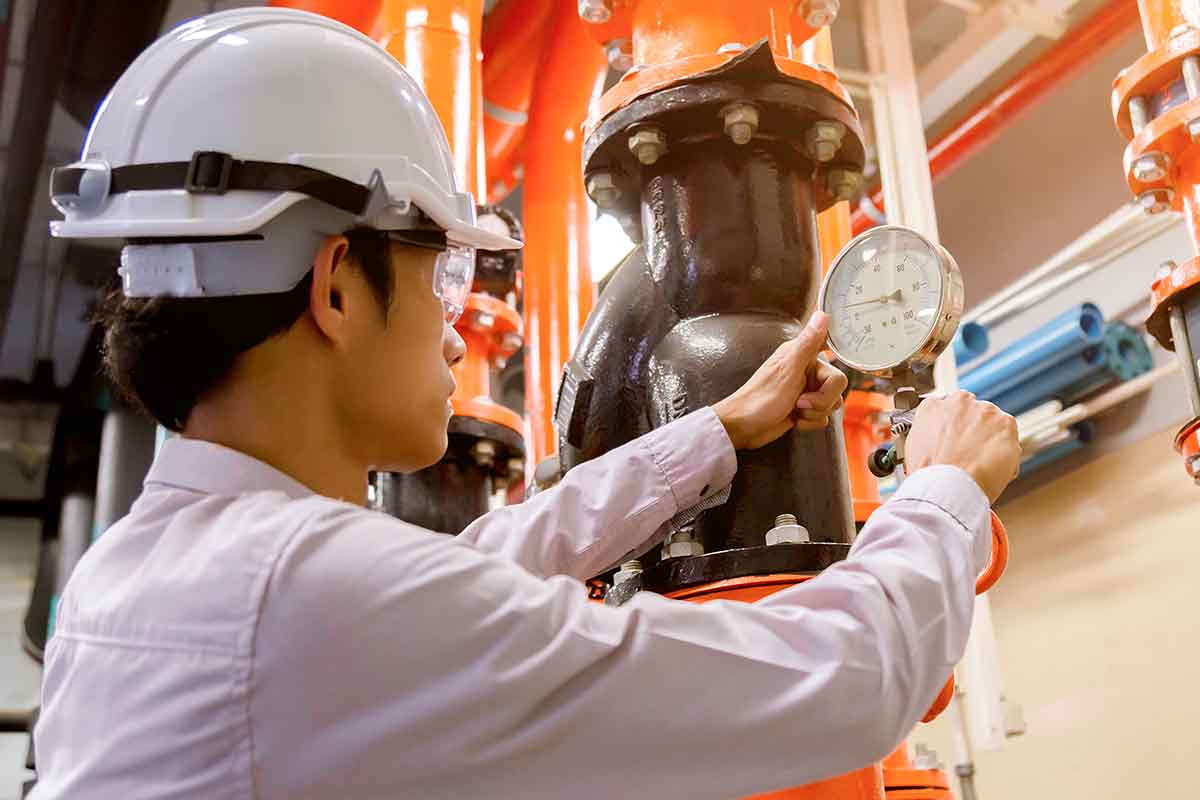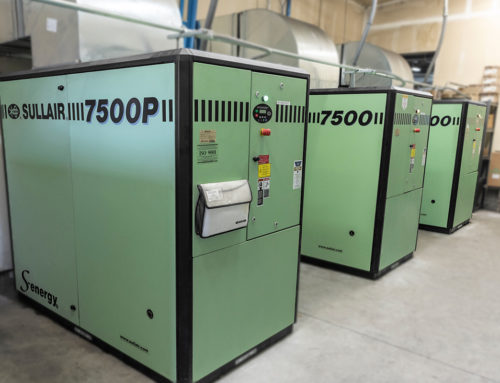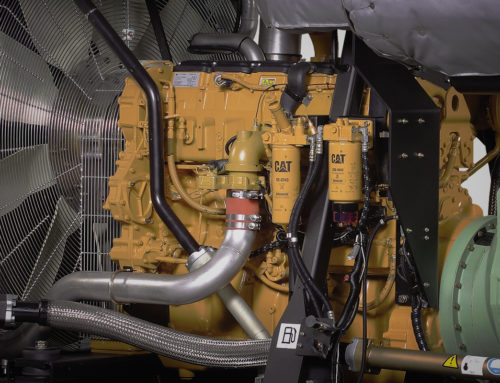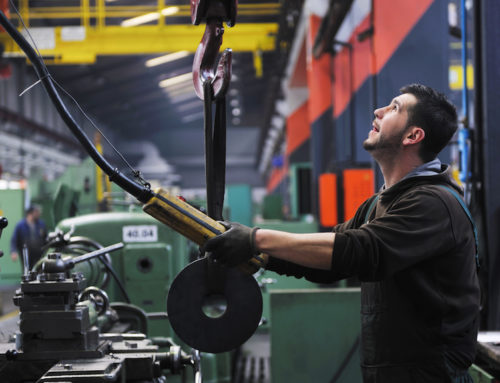Compressed air storage is an integral component of all industrial air systems. When ambient air is compressed above atmospheric pressure and stored in a confined space (such as a pipe or a tank), it contains potential energy that can be used to perform mechanical work when the air is released. In real-world applications, this means that all air systems require a means to store compressed air for use at later time. Air receivers are commonly used to serve this function.
Most users of compressed air are familiar with air receiver tanks and recognize their importance in the system. However, air receivers can serve multiple purposes in industrial applications, and a deeper understanding of their sizing and uses can be the difference between an average air system and a great one.
Air receivers are normally used to serve two primary functions in industrial compressed air systems:
- They are used to provide control pressure storage for the air compressor(s).
- They are used to supplement large, intermittent air demands.
We will examine both uses carefully in the paragraphs below.
Control Pressure Storage
All industrial air compressors utilize a pressure signal as their primary control parameter. They monitor system pressure (usually at the compressor discharge) to determine if more or less compressed air is needed to satisfy system demand. While different compressors respond differently to variations in their control pressure signal, they all operate more efficiently and reliably when this signal is stable and steady.
Because of this fact, the installation of an appropriately sized air receiver directly downstream of the air compressor(s)’ control pressure signal is best practice in industrial air systems. An air receiver used for control pressure storage will stabilize the dynamic pressure swings common to most compressed air systems. This will decrease the frequency of compressor cycling – reducing mechanical wear and variations in operating temperature as the compressor loads and unloads.
While the justification for control pressure storage is intuitive to most compressed air users, sizing these vessels can be less straightforward. There is no one-size-fits-all formula for properly sizing a control pressure storage tank. In general, bigger is better – however, the control strategy of the compressors in the system is an important factor in determining how much control pressure storage is needed for proper operation.
Compressors with load/unload or start/stop control schemes (such as reciprocating compressors and some rotary screws) require larger air receivers for control pressure storage than compressors with other control schemes. The Compressed Air and Gas Institute (CAGI) states that load/no load compressors operate most efficiently when there are 10 gallons of compressed air storage for every 1cfm of compressor capacity.
However, other types of control schemes (such as modulation, variable displacement, or variable speed drive) do not require such large volumes.
Consult with your trusted local compressed air professional to determine which control strategy is being used in your facility’s compressors, and how much control pressure storage is recommended.
Supplementing Large, Intermittent Demands
Another useful application for compressed air receivers is to supplement the requirements of large, intermittent demands. Air receivers used for this purpose are best installed near the point-of-use (rather than near the air compressors), and can often be accompanied by discharge pressure regulators to increase their effectiveness.
There are many applications common to industrial and manufacturing facilities that can benefit from point-of-use air receivers. Examples include dust collectors (for bag pulse), cylinder actuation, and pneumatic hand tools.
When a point-of-use receiver is installed to supplement intermittent demands, a compressed air professional should calculate the required size of the receiver based on the volume of air required, cycle time, and recovery time. This calculation will take the guesswork out of sizing the receiver, and ensure the best possible performance of the total air system.
The performance of a point-of-use receiver can also be enhanced by the use of a pressure regulator and needle valve. A pressure regulator can be installed to feed only the minimum required pressure to the receiver, while a needle valve can be used to fine-tune the fill time of the receiver during recovery. This configuration will further enhance the benefits of a point-of-use receiver.
Air receivers are an essential part of all compressed air systems. They are relatively inexpensive and require almost no ongoing maintenance. By selecting and installing compressed air receivers properly, industrial air users can often improve the reliability and efficiency of their entire compressed air systems at relatively low cost.




